Holiday commercials have always been a big part of the Christmas season, sparking nostalgia and excitement. But not everything from the past has aged well. Some commercials that once seemed charming or even heartwarming now feel completely out of touch.
Let’s revisit some of these old Christmas commercials that would likely cause a stir if they aired in today’s world.
Cigarettes as Christmas Gifts
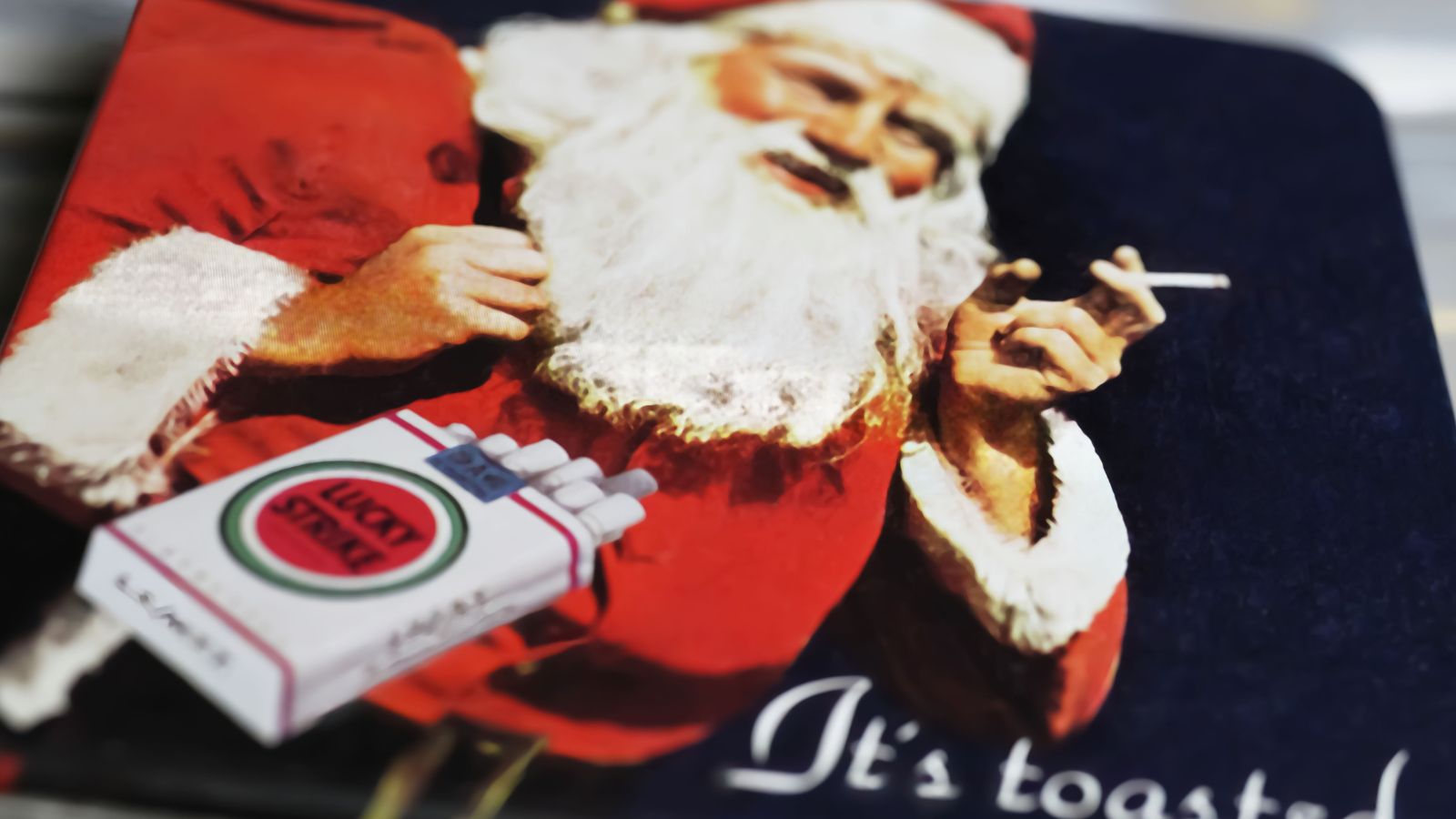
Believe it or not, cigarette companies used to market their products as thoughtful Christmas gifts. Ads often showed smiling families exchanging cartons of cigarettes, with slogans like “Make it a Merry Christmas with [Brand Name].” These commercials portrayed smoking as glamorous and sophisticated, even suggesting it was the perfect way to show someone you care.
Today, with everything we know about the dangers of smoking, it’s hard to imagine these ads being anything other than shocking.
Gender Stereotypes in Toy Ads
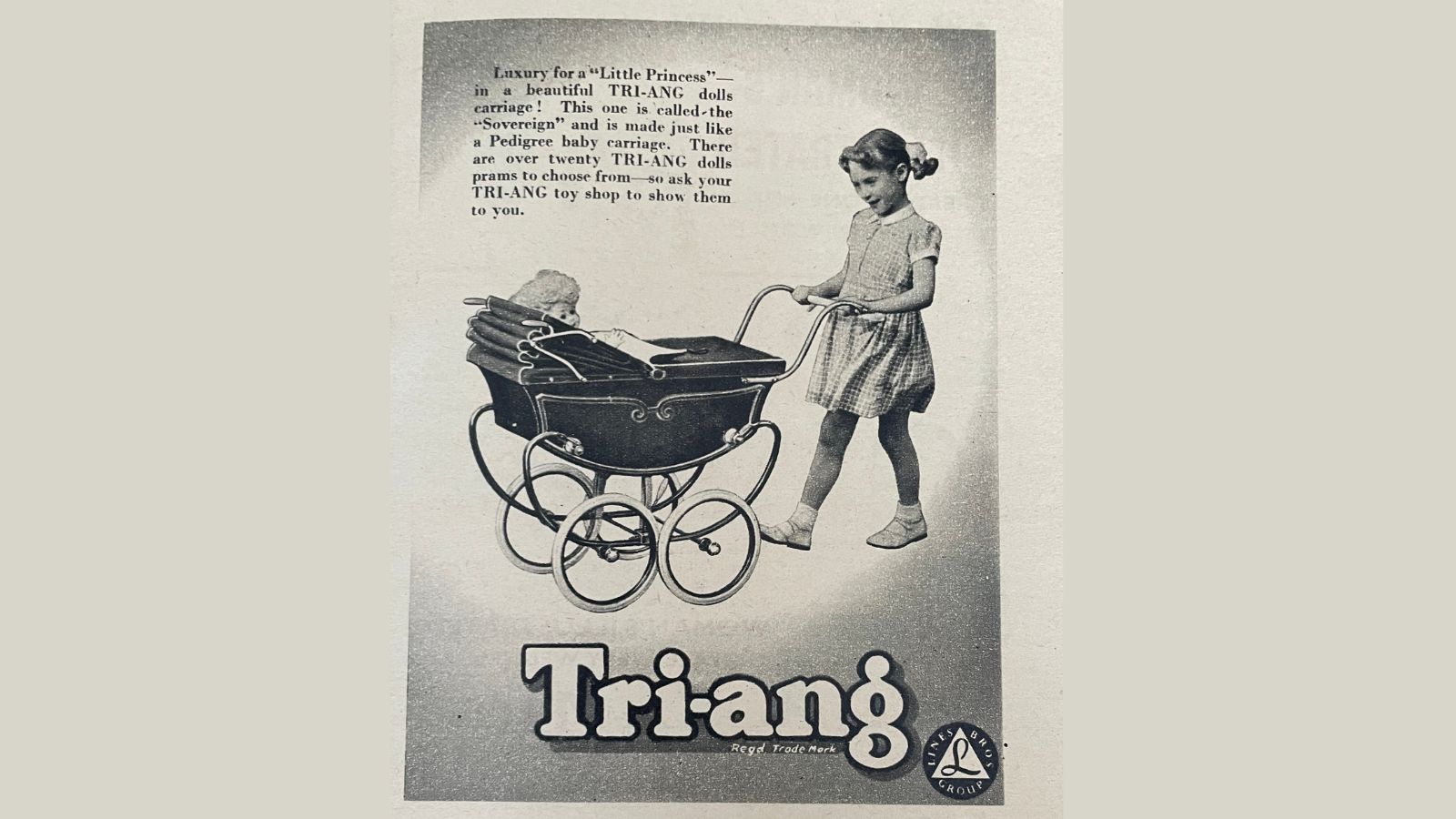
Christmas commercials from the ’50s and ’60s were notorious for reinforcing rigid gender roles. Boys were shown playing with cars, action figures, and science kits, while girls were always pictured with dolls, tea sets, or toy ovens. One infamous ad even claimed a dollhouse would prepare little girls for their “future role” as homemakers.
Racist Stereotypes in Holiday Promotions
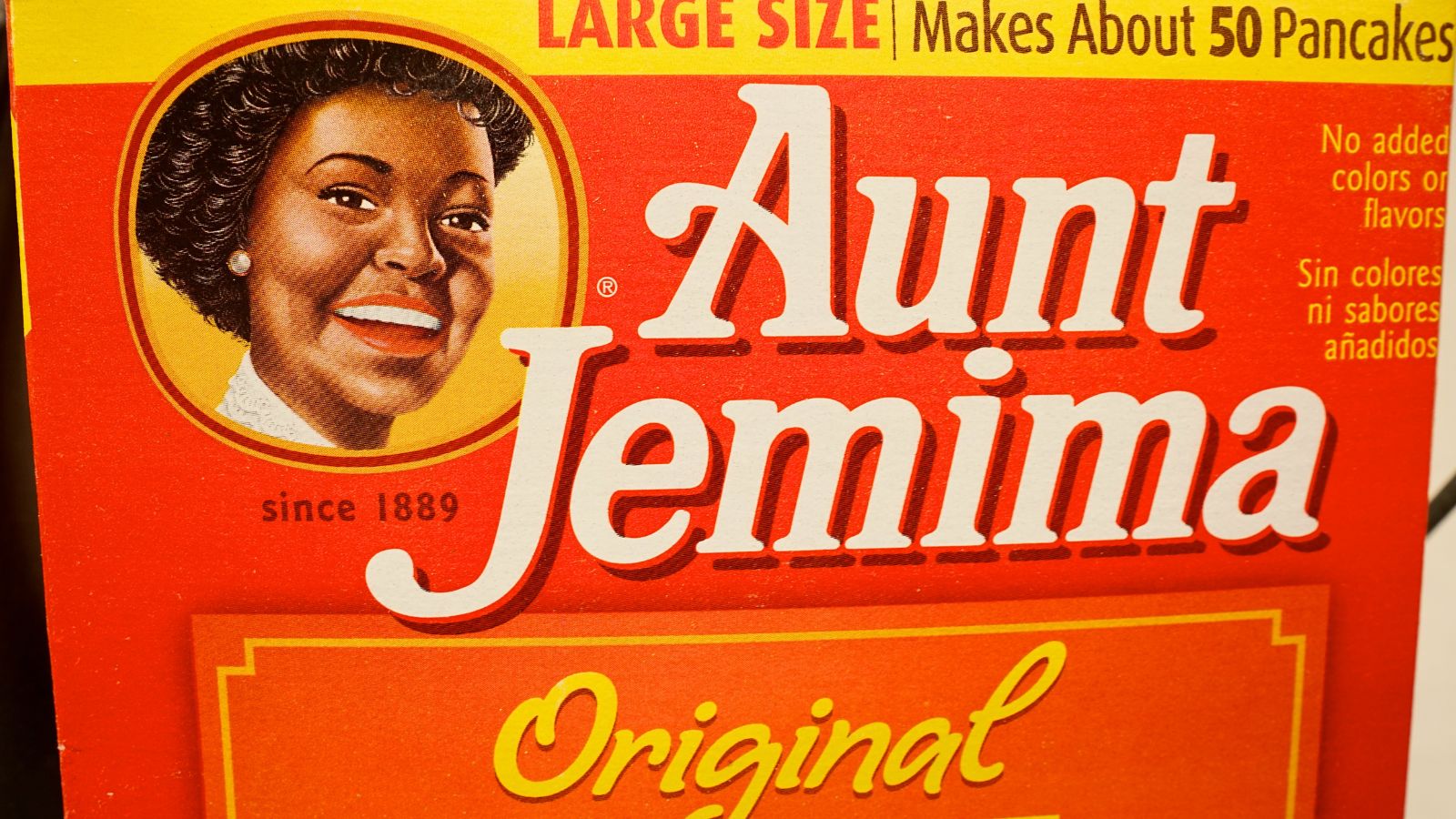
Some old Christmas commercials leaned heavily on racial stereotypes to sell products. Ads featuring caricatures of different ethnic groups, exaggerated accents, or cultural clichés were surprisingly common. For example, one ad for a coffee company portrayed a housekeeper with a stereotypical accent serving coffee to her wealthy employers. Modern audiences would immediately call out such depictions as offensive and harmful, highlighting how far advertising has come in recognizing diversity and respect.
Alcohol in Family Settings
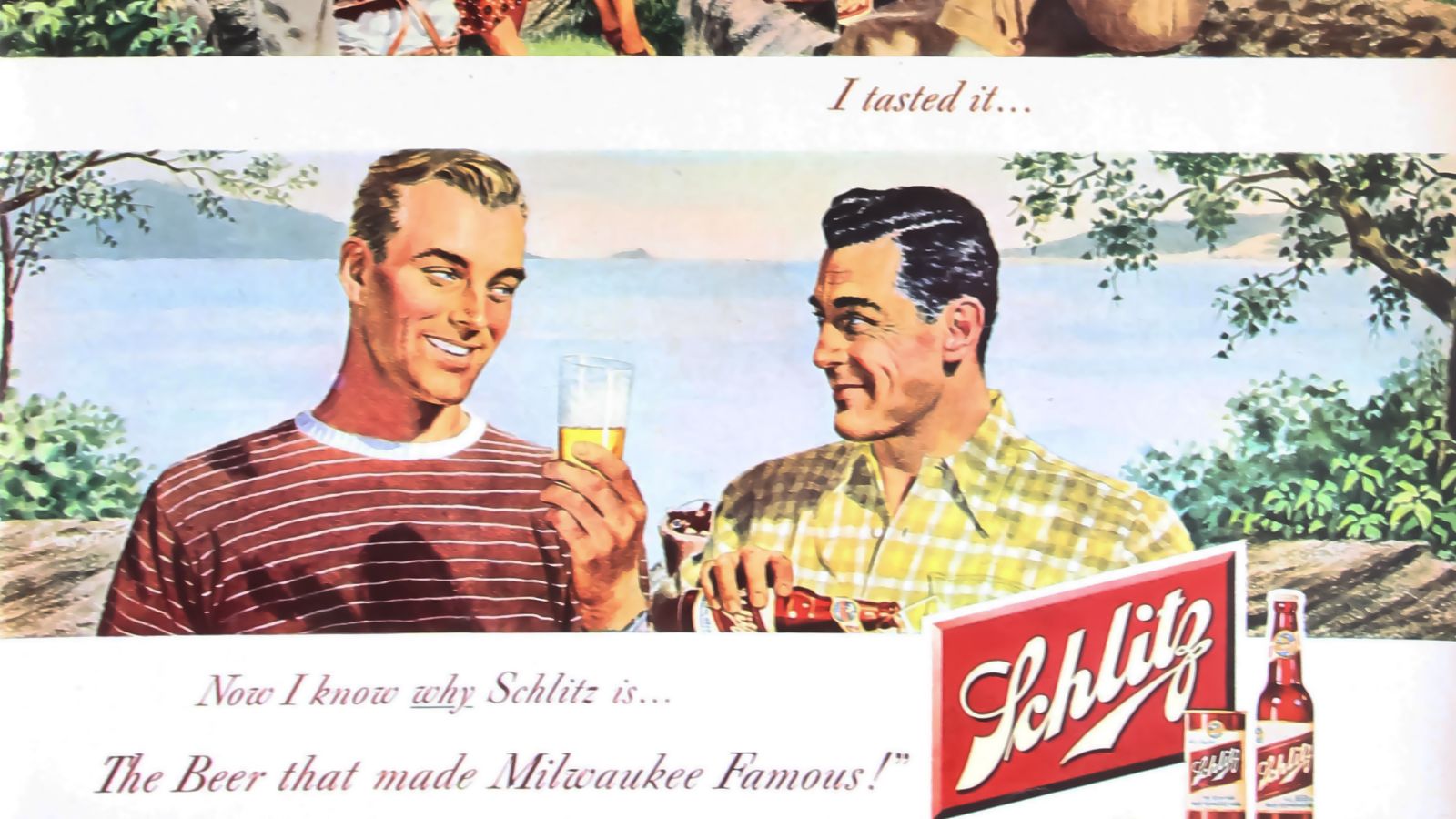
Alcohol brands used to market their products as essential parts of the holiday season, even in family-centric settings. Some commercials showed parents enjoying whiskey or cocktails while kids opened presents, implying that a little alcohol was a natural part of Christmas morning.
These days, the idea of promoting hard liquor in commercials tied to family celebrations, especially with children present, would spark complete outrage.
Body Shaming in Gift-Giving Ads
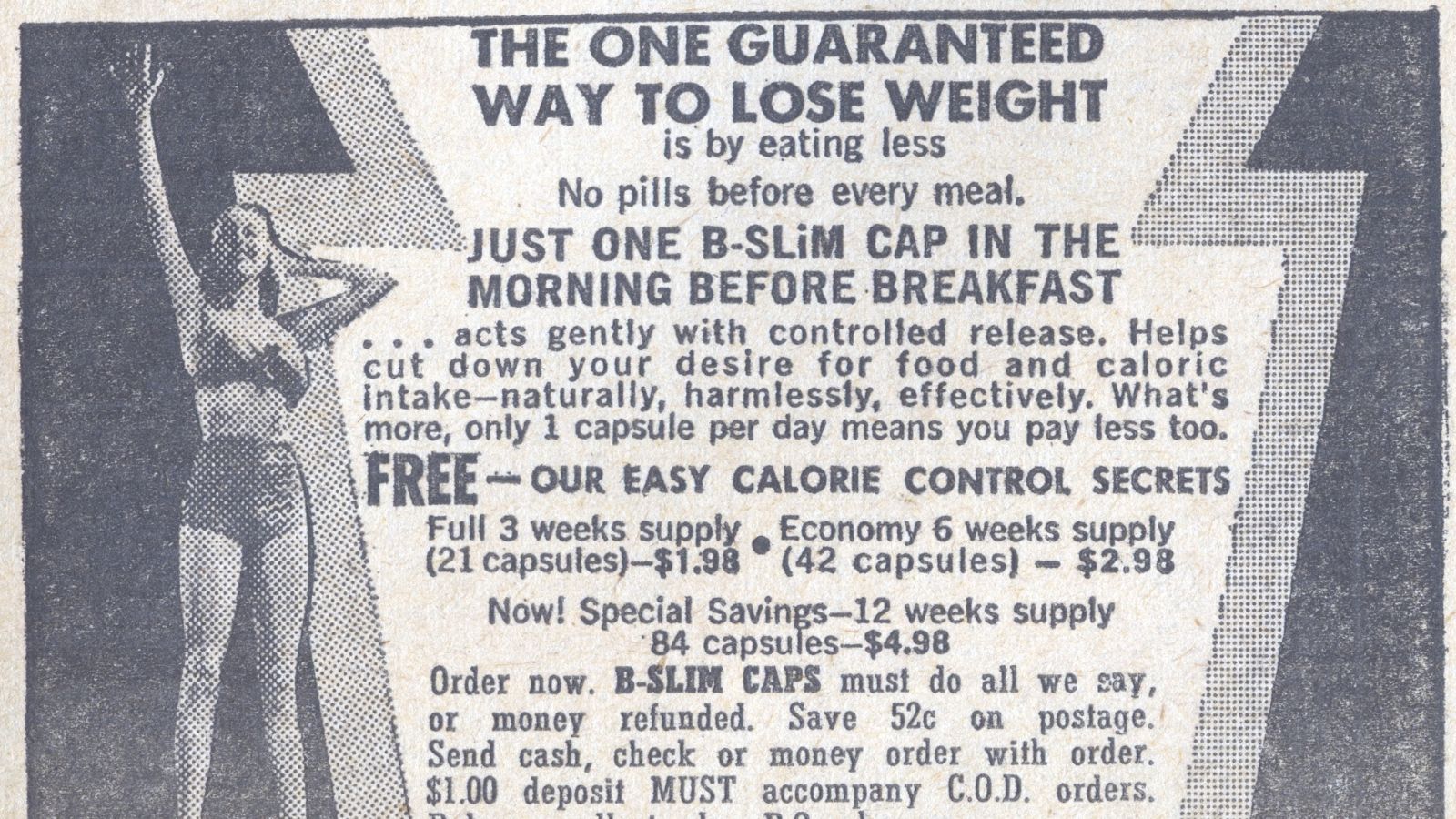
Some vintage holiday ads featured blatantly body-shaming messages, especially when it came to women’s clothing or beauty products. A 1950s ad for slimming girdles suggested that giving one as a Christmas gift would help women “stay attractive” for their husbands. These kinds of messages, which equated a woman’s worth with her appearance, would be heavily criticized today.
Over-the-Top Consumerism
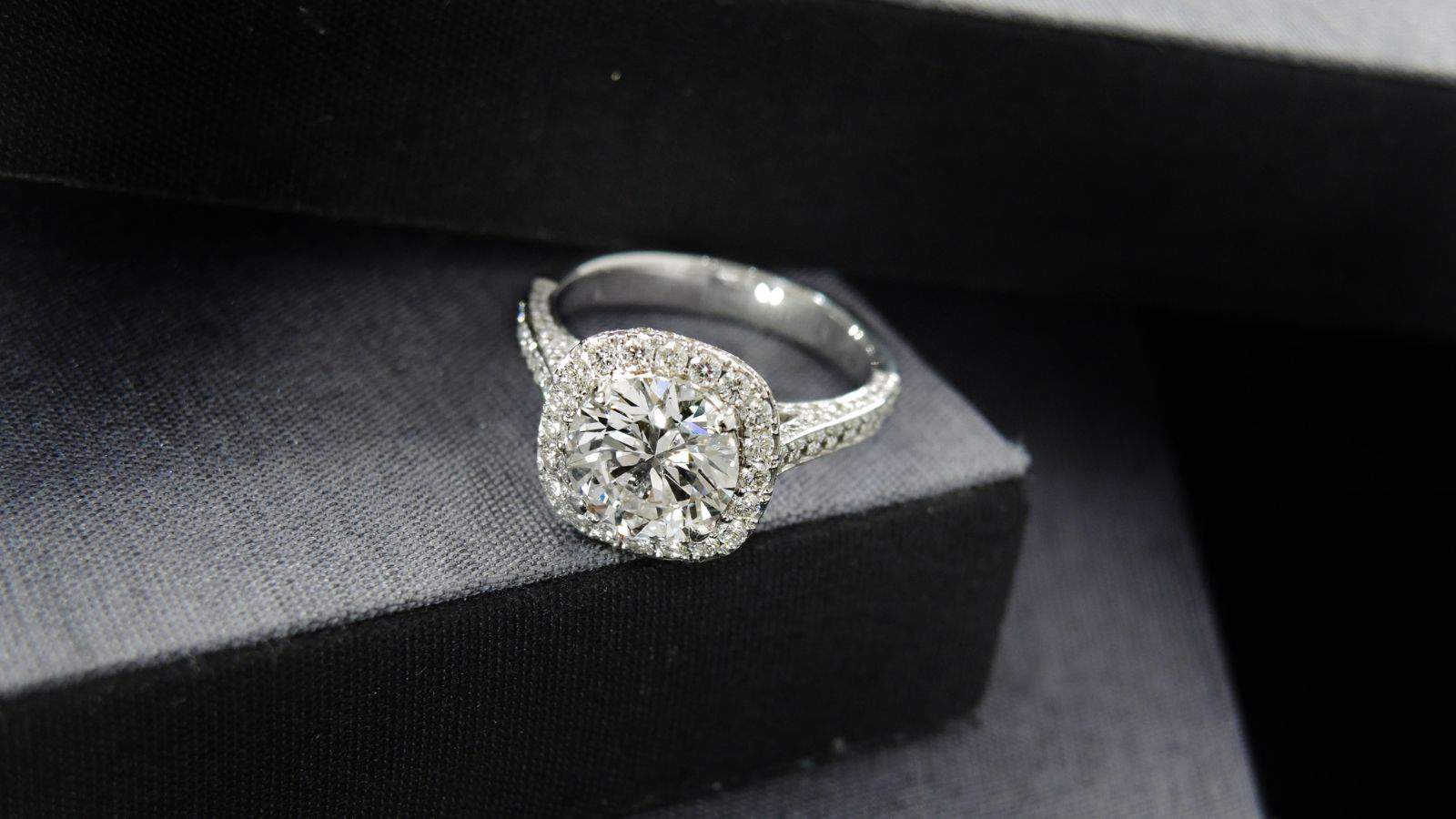
Ads from the 1980s and 1990s encouraged viewers to “prove their love” with expensive gifts like diamond jewelry, luxury cars, or high-end appliances. One particularly memorable ad showed a child asking, “Does Santa love me if he doesn’t bring me a [Brand Name]?” The blatant pressure to spend big, especially during tough economic times, would likely rub today’s viewers the wrong way.
Creepy Santa Claus Characters

Not all Santas were the jolly, kind-hearted figures we think of today. Some old commercials featured Santa Claus in ways that might seem downright creepy now. In one ad, Santa was shown sneaking into homes uninvited to promote a product, while another portrayed him as more interested in flirting with moms than delivering toys.
Cultural Insensitivity in Holiday Themes
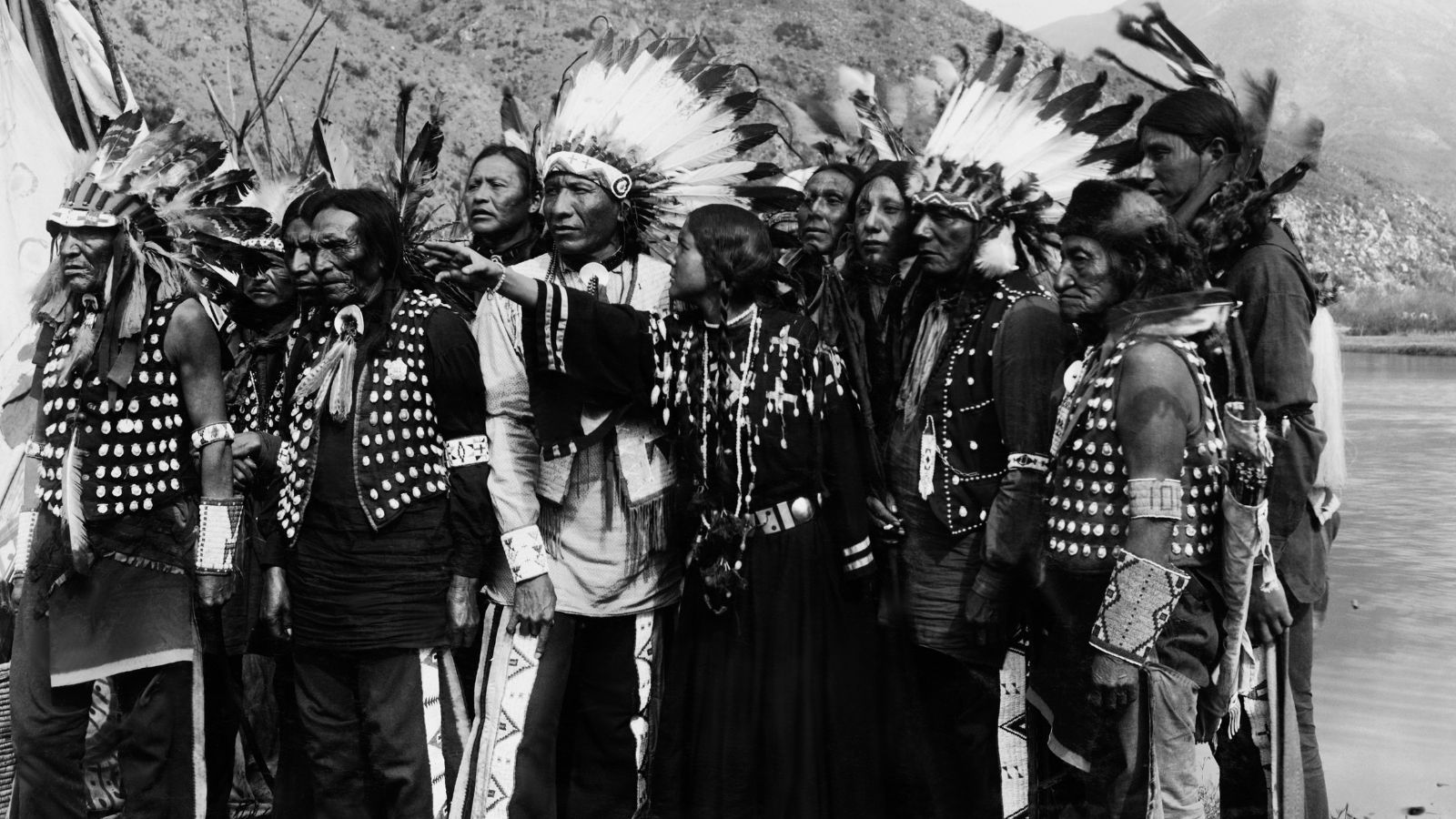
Some Christmas ads from the past included themes or imagery that borrowed from other cultures in ways that would be considered disrespectful today. For example, using Native American stereotypes to sell holiday-themed products was not uncommon.
These commercials often misrepresented or trivialized important cultural symbols. In a world where cultural appropriation is increasingly called out, ads like these would quickly face backlash for being tone-deaf and offensive.
Using Kids to Guilt Parents
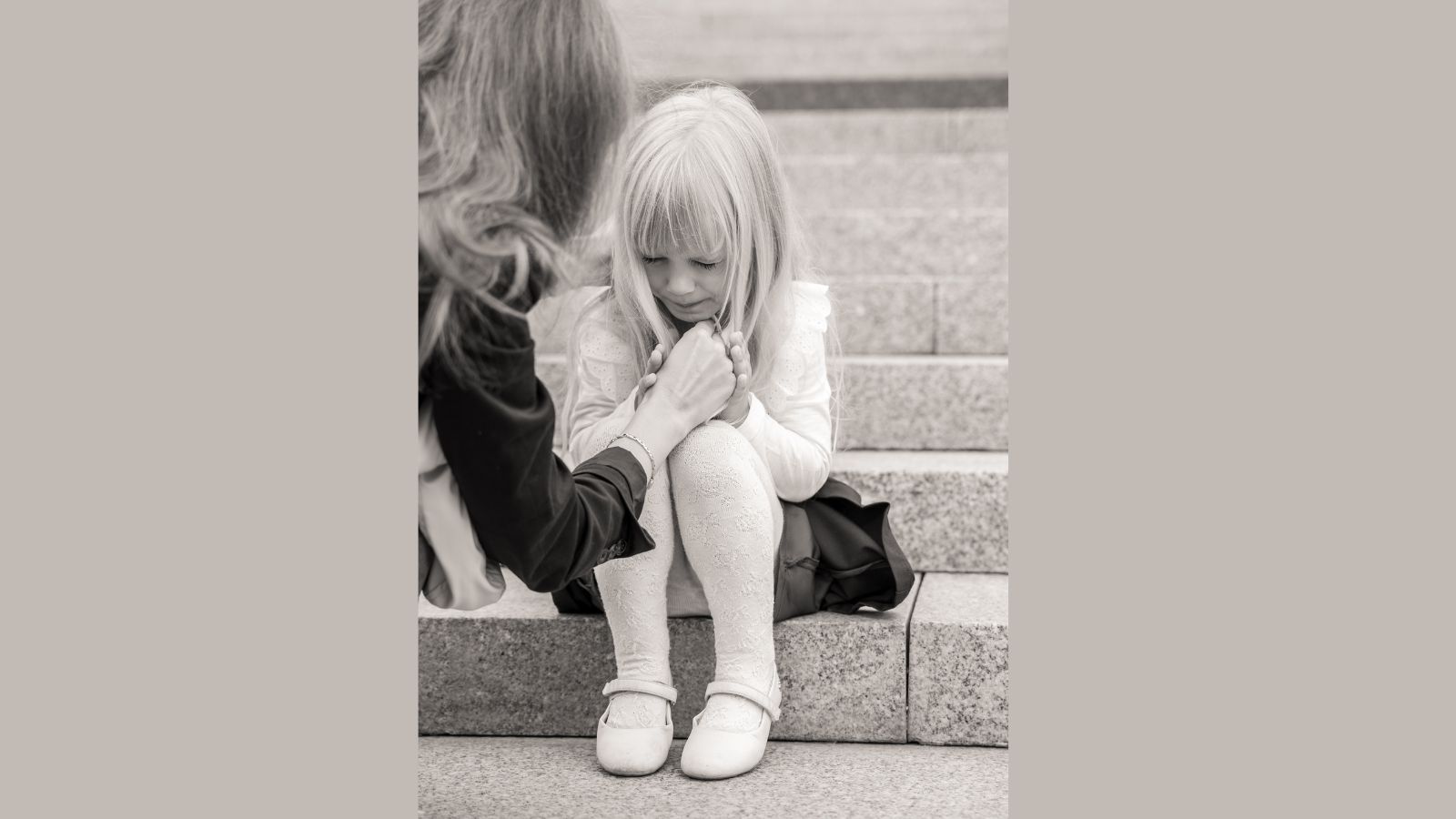
A memorable ad from the 1970s showed a little girl tearfully asking her dad why Santa didn’t bring her the doll she wanted, with the tagline implying he wasn’t a good parent if he didn’t buy the right gifts. Today, these kinds of emotional manipulation tactics wouldn’t sit well with parents who value more meaningful holiday traditions over materialism.
Unrealistic Beauty Standards

Vintage holiday commercials for makeup, skincare, or perfume often featured messages that equated beauty with happiness and love. One classic ad for a perfume brand claimed it was the “only gift she truly wants,” suggesting that women needed to wear expensive fragrances to feel confident or desirable during the holidays.
Dangerous Product Marketing

Some old Christmas commercials promoted products that would now be considered unsafe or irresponsible. For example, ads for toy guns or fireworks often showed kids playing unsupervised, with little regard for potential injuries. One particularly shocking ad even promoted a chemistry set that included real chemicals capable of causing harm.
Sexualized Holiday Themes
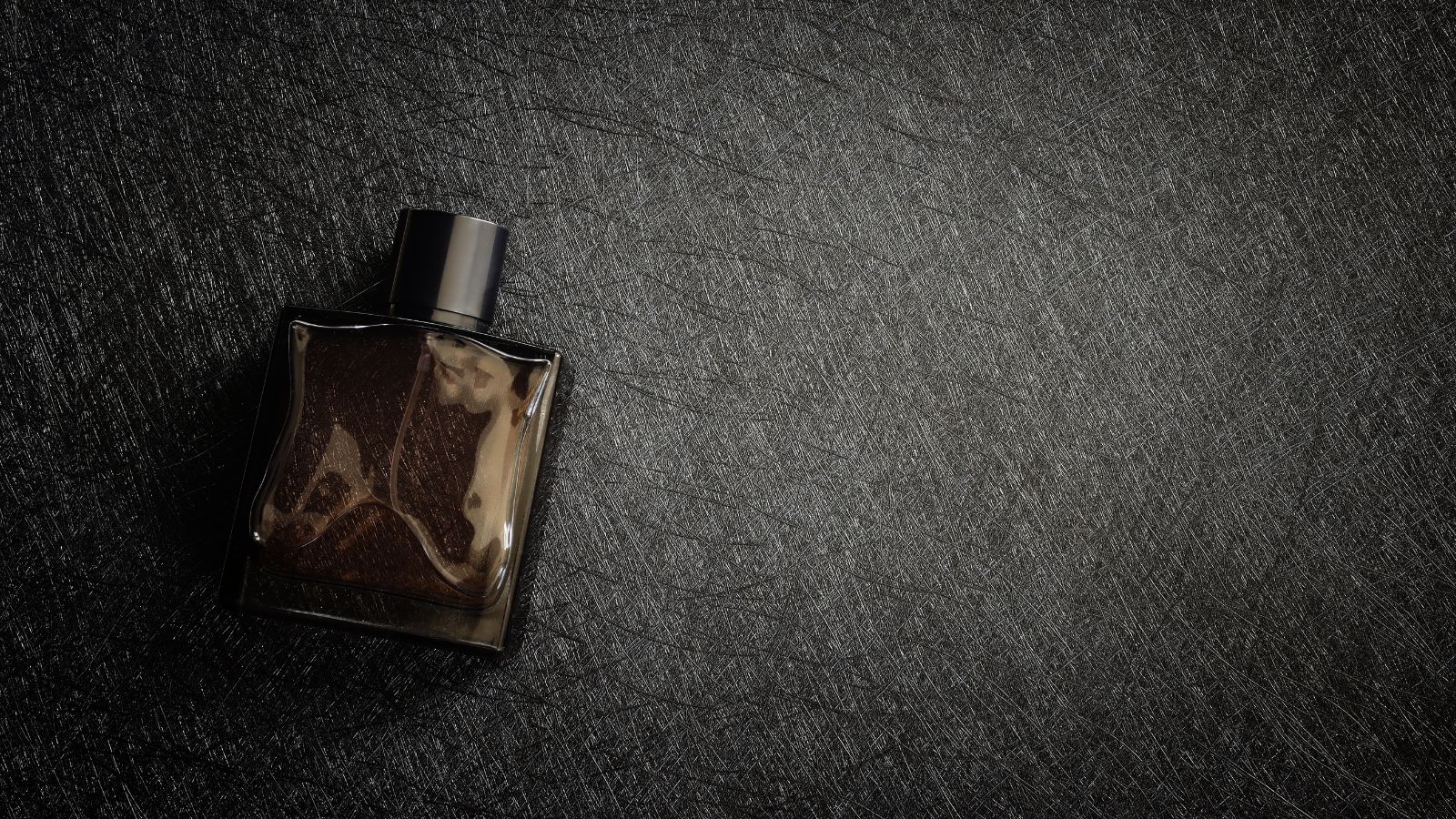
Lastly, some Christmas commercials used sexualized imagery in ways that feel wildly inappropriate for the season. Ads for men’s cologne or women’s lingerie often portrayed suggestive scenes that felt out of place for a holiday celebration. While these ads might have aimed to stand out, they often came across as tasteless and out of sync with the family-friendly vibe most people associate with Christmas.
